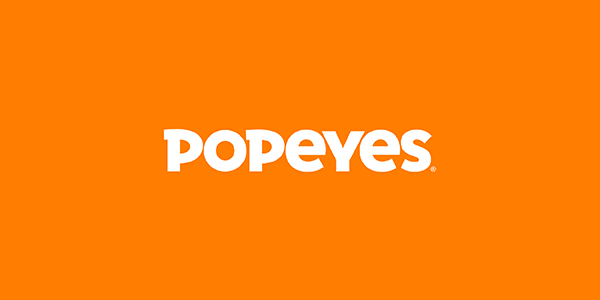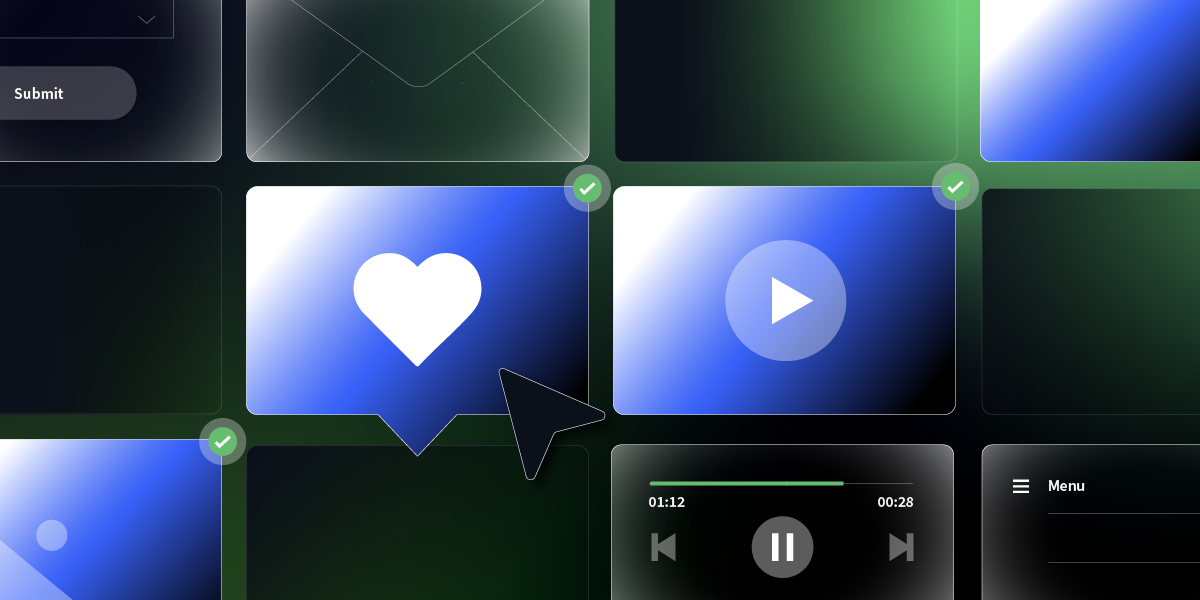Leveraging Audience Insights to Improve Brand Storytelling

When we think about what it means to have a strong brand, our thoughts are usually tied to an intuitive feeling. By definition, a brand is the intangible sum of a product’s attributes. This means that marketers can take these attributes and create a perception that will strengthen the customer’s feelings towards a company. Yet, when it comes to the idea of a brand, there is often a lack of clarity on what the driving factor is in the overall narrative that defines and strengthens its assets.
Do marketers solely make decisions for messaging based on prospective research about what may resonate with the consumer, or does feedback from the consumer’s experience with the brand shape the storytelling in a more predominant way?
To help answer these questions, let’s dive into the relationship between understanding customers through data and how that data can help a brand build a better story.
Defining Brand Storytelling
With the idea of a brand comes the concept of brand storytelling; in fact, a brand would have almost no impact without a solid foundation of story behind it. Because a brand is what a prospect thinks of when they hear a brand’s name or see a product, it becomes everything known publicly about your brand offering, both factual and emotional. Brand storytelling, in turn, becomes a marketing power tool that can be used to create an emotional connection and establish lasting relationships with your customers.
Determine What Story To Tell
When developing a story for a brand, creatives and messaging are paramount to impact. After all, it’s what sticks with your audience and drives your brand forward.
So how do we do this? By driving emotions within customers and understanding the specific desires and needs that they have. This can be done by analyzing demographics, geographic location, and even psychographics, to better align with the process a customer will go through when deciding to make a purchase or sign-up. While there are several ways this information can be collected, the most effective method is exploring real-time data on your customers to reaffirm or gain additional insights into the audience engaging with the brand. This is where Audience Insights in StackAdapt becomes a game changer for advertisers.
Bridging The Gap With Audience Insights
Audience Insights is a service provided by StackAdapt that enables advertisers to interpret our vast store of real-time data to help achieve their brand storytelling objectives. In the initial planning of a campaign, a lot of consideration goes into the targeting strategy. As a campaign progresses and begins to drive engagement, it is valuable for advertisers to analyze the data of these interactions.
Rooted in data science, Audience Insights relies on human intelligible insights about your audience’s likes and dislikes—helping you to determine who engaged with your advertising, visited a landing page, or even converted. This analysis is based on comparing data of hundreds of millions of users to extract what is unique about your audience, and can in turn be used to refine the narrative around your brand.
How Audience Insights Helps
Audience Insights provide an in-depth understanding of an audience, allowing advertisers to strategically craft a brand story that will align with the audience’s likes and values. As an example, CRM lists that would have previously been used in 1st-party targeting initiatives and lookalike audiences that would have been used to scale campaigns, suddenly gain far more context and can further be used in brand storytelling. In turn, Audience Insights enables advertisers to now intersect audiences and run more data-driven marketing campaigns.
For advertisers working in the Travel and Tourism industry, there has long been a question of how they can obtain the best possible understanding of their audience, and run campaigns that will lead to the greatest number of travel bookings. By taking a data-driven approach with Audience Insights and analyzing customer attributes such as age and gender, these data points can be used to feed into the creatives and messaging in a campaign, and draw a line between audience interests.
As an example, Audience Insights revealed that users interested in travel blogs exhibited additional interests in luxury travel, national parks, and travel within the United States. While not overly surprising, this important distinction of shared interests found through Audience Insights can help advertisers weave together a powerful story about the beauty of travelling to national parks located in the United States.
Audience Insights for Brand Storytelling
Brand storytelling is a method for building human connections; it demonstrates the qualities of the brand that consumers can relate to. For advertisers, running a successful campaign goes much deeper than simply being seen; it means gaining a more comprehensive understanding of who an audience is and how they will feel about a brand.
As brand storytelling offers a window to the soul of a company, data is what drives the narrative forward, and with Audience Insights in StackAdapt, a strong bond can be made between the two in order to produce campaigns with the best possible impact.
Want to run exceptional programmatic campaigns? Request a demo to learn more about StackAdapt.






